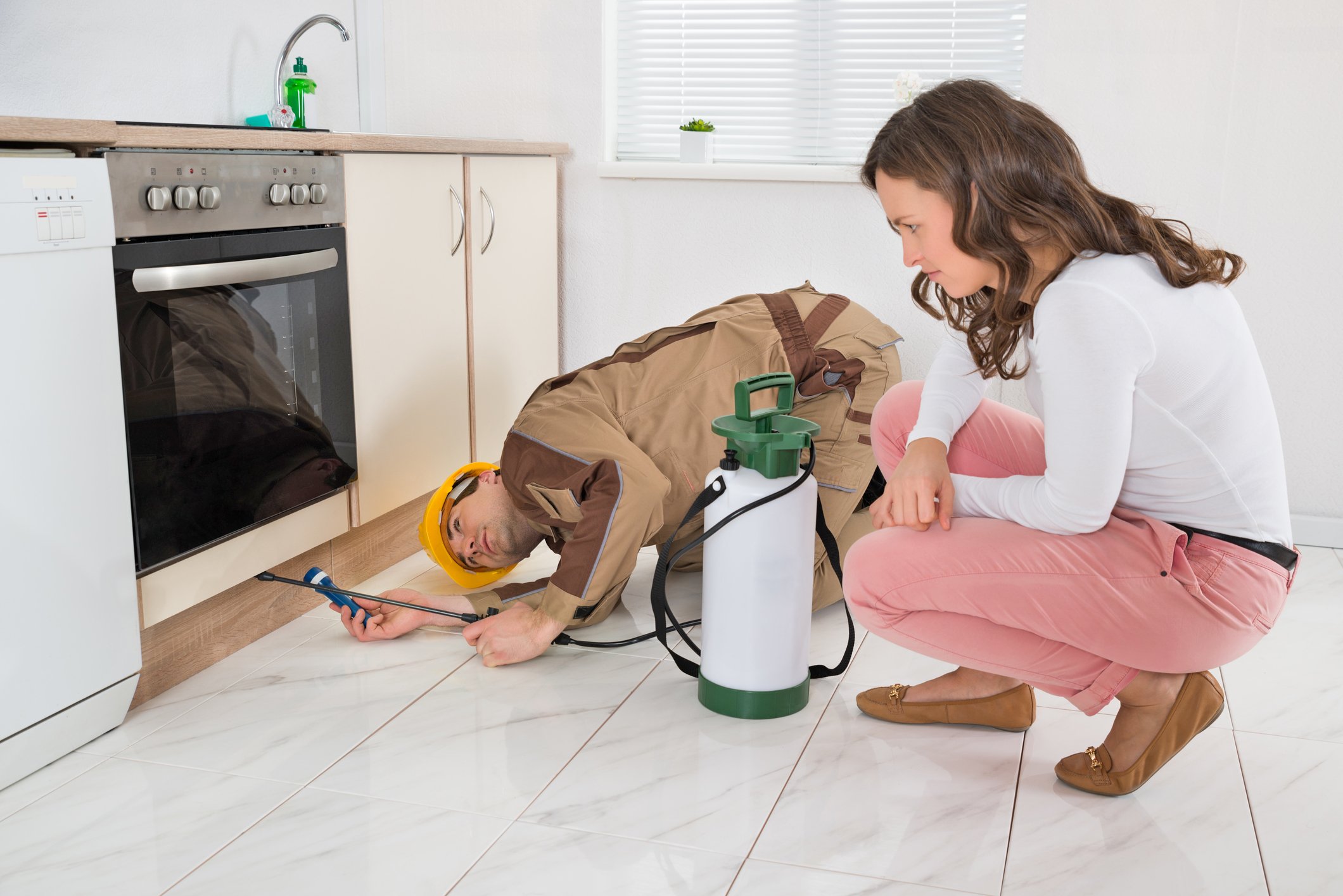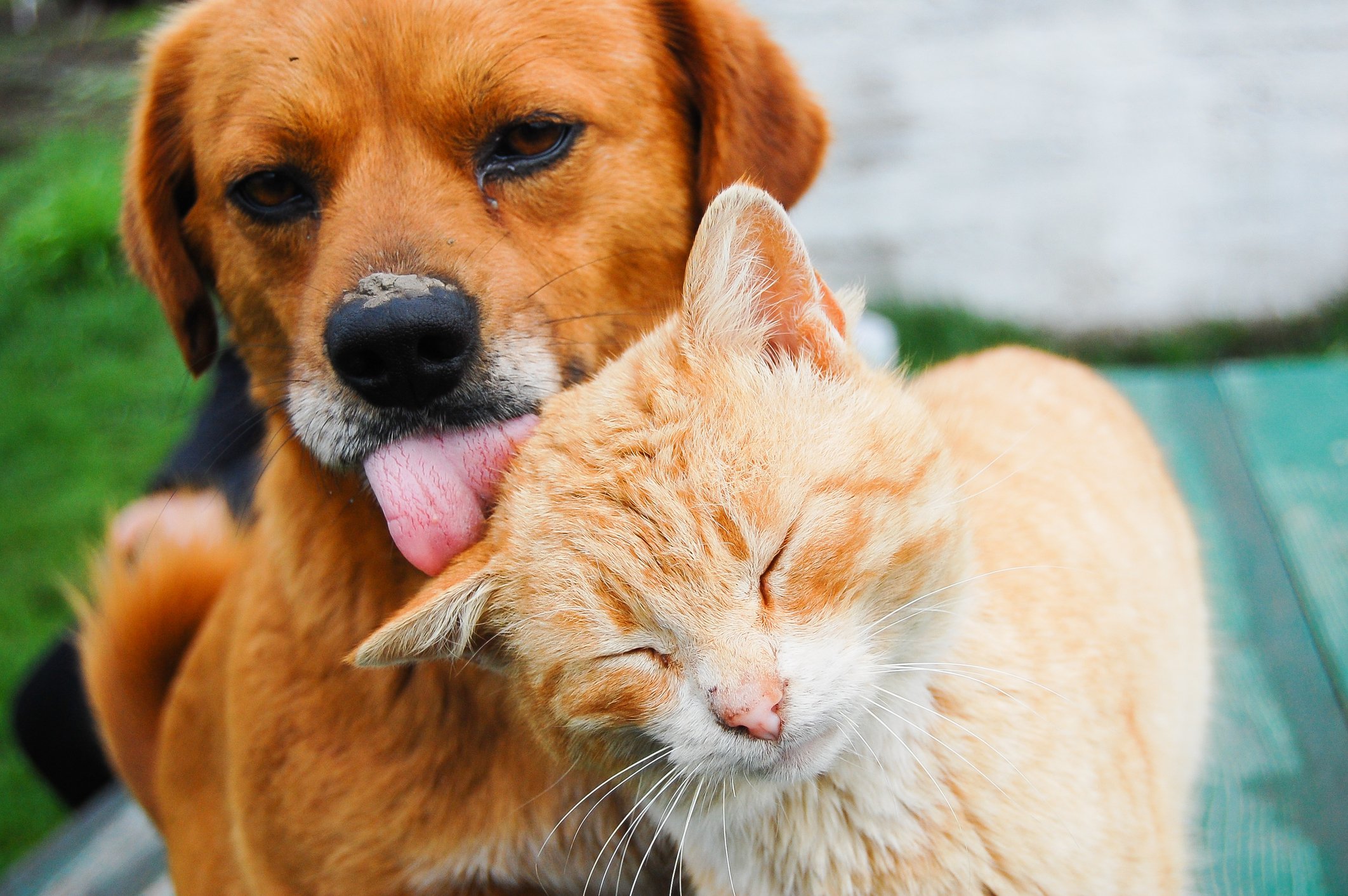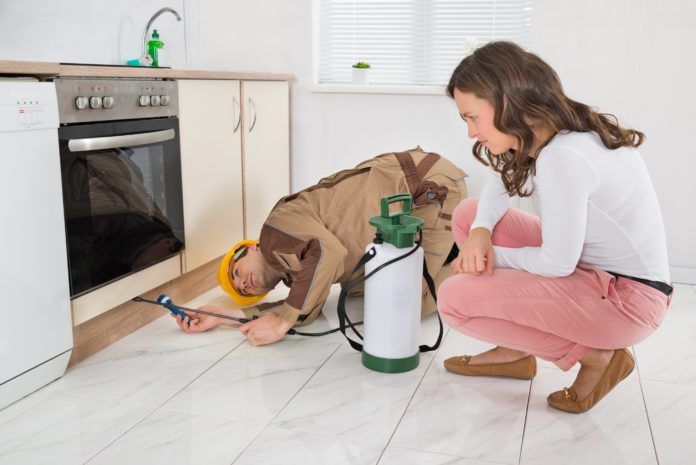© Andrey Popov | Dreamstime.com

We like to think of our homes as our castles, complete with proverbial moats as part of a defense system against invading armies. But how do you safely protect your castle, family and pets from invading armies of pests such as ants, roaches, spiders, fleas and rodents? Your first response may be to grab a can of ‘Bug Blitz’ — but nowadays, there’s an impressive arsenal of safe and non-toxic defenses to try before reaching chemical extermination.
Pests can cause significant damage to our homes and lawns, transmit various diseases and simply be a nuisance in less damaging ways. In our attempts to eradicate pesky invaders, it’s also really important to consider the safety of your pets. Some of the more common pesticides used in and around homes that can poison our pets include rodenticides, molluscicides for snail and slug control, herbicides applied to lawns and insecticides for flea control.
Unintentional exposure
Pets are curious by nature — they tend to explore areas to which we have no access, they often sniff and eat objects, and those with outdoor access like to roll around in grass and dig in dirt. Dogs — and even some cats — may eat bait pellets or granules that resemble kibble. However, dogs and cats can also absorb poisons by eating rodents, mollusks or birds that have just been poisoned. This is called secondary (or relay) poisoning.
Cats who are avid mousers or hunters are especially at risk. As the dog or cat eats more and more toxic prey, the poison becomes more concentrated in their system (this is known as bioaccumulation). It’s very important to know that signs of secondary poisoning may not materialize for several weeks — thus may not be recognized or attributed to poisoning at first.
Pets can absorb pesticides through their mucous membranes such as their nose, eyes and mouth as well as through the skin when a substance sticks to the fur. Pets can also ingest poison when they groom. Cats tend to absorb more chemicals than dogs due to their fastidious nature. Inhalation of pesticide is yet another dangerous mode of exposure.
A safer method to consider
Integrated Pest Management (IPM) is an environmentally friendly, common sense approach to pest control that uses a variety of methods focusing on prevention, monitoring, mechanical and biological controls, and using least toxic pesticides as a last resort. IPM eliminates or reduces the use of pesticides, which in turn reduces the risk of exposure to toxicity to humans, animals and the environment.
In a 2009 Environmental Health Perspectives study called “Effectiveness of an Integrated Pest Management Intervention in Controlling Cockroaches, Mice, and Allergens in New York City Public Housing,” IPM was compared with the traditional pest control approach using pesticides, and the findings showed that a single IPM visit was more effective than the regular application of pesticides alone. Additionally, the IPM intervention reduced both pest populations and allergens relative to traditional pest control.
© Andrey Popov | Dreamstime.com

No food, no water, no shelter
The first line of defense is preventing pests from entering your home in the first place. Mice, ants, roaches and other pests come in search of food and shelter. Store food (human food, pet food, bird seed, etc.) in airtight containers. Clean up food crumbs by sweeping, vacuuming and mopping. Keep compost bins and garbage cans securely covered. Declutter garages and storage areas by removing magazines, newspapers, boxes, etc. to prevent nesting.
Seal up any access points. Replace or repair torn door or window screens, seal kitchen and bathroom cracks with silicone caulk, and fill in any holes inch or larger with cement, steel wool or metal such as galvanized steel. Mice can shimmy in through such small openings and rodents can chew through plastic, wood, vinyl and rubber.
Know thy enemy
To effectively control pests it’s important to know your intruder. Elizabeth A. Rozanski DVM, DACVIM, DACVECC, Associate Professor of emergency & critical care at Cummings School of Veterinary Medicine says, “Look carefully at what you’re trying to get rid of.” Identify the pest, learn its biology (life cycle, habits, needs and dislikes) and take appropriate action. Depending on the pest, that action may include traps, flyswatters, or for outdoor pests, improving natural habitat by bringing natural enemies that prey on the invader. For example, biological control may include amphibians, birds, snakes and slug- and snail-eating insects.
For disease-carrying pests — like mice, cockroaches, fleas and ticks — you’ll want to take action. But for nuisance pests that don’t pose health risks, you may need to learn to co-habitate.
Least toxic methods
If you continue to see pests, it may be time to step up your plan of action starting with the least toxic solutions such as boric acid, diatomaceous earth and gel baits, which slowly poison the pests. These are generally applied in areas including cracks and crevices that are inaccessible to people and pets. Other least toxic pesticides include microbe-based pesticides and pesticides made with essential oils without toxic synergists. Dr. Rozanski adds a reminder, “Organic or natural is not necessarily safe!” Always ask your veterinarian to be on the safe side.
When using any pesticide, first read the label and carefully follow all instructions. The warnings and directions describe how to use the product safely and correctly to protect you and your pets.
Remove your pet from the area before applying pesticides, and relocate all toys, bedding, food and water dishes as well. Do not let your pet in the area until the pesticide is completely dry and the area has been well ventilated. If the product is used outdoors, keep pets off the lawn for 24 hours or longer until the granules dissolve and the area completely dries.
Some of the most vexing pests are fleas and ticks. Common treatments include pesticides in the form of shampoos, dust, collars and spot-on products. “By far the biggest problem we see is the topical exposure of flea product intended for dogs applied onto a cat,” says Dr. Rozanski. Cats are much more susceptible to poisoning by permethrin, an insecticide used to control fleas on dogs. Most cats are accidentally poisoned when the product is directly applied to a cat or if a cat comes in close contact with a recently-treated dog.
When using flea and tick products, always follow the instructions on the label and use only on the intended animal — the directions are often species- and age-specific. Never use a pesticide that is intended for home or lawn use on any animal.
Signs of poisoning
In 2013, the ASPA Poison Control Center received 180,000 calls about pets exposed to poisons and about 15 percent of these calls were about insecticides. More than half of the calls about cats involved exposure to insecticides. Some common signs of pesticide poisoning include drooling, vomiting, diarrhea, tremors and seizures. You may not treat your home and yard with pesticides, but your neighbors might. Remember: Signs of secondary poisoning may show up weeks after exposure.
If you suspect your pet has been poisoned, don’t delay getting professional help. “Call your vet or poison control. If possible, keep all packaging to provide as much information as possible,” stresses Dr. Rozanski. — Ramona Marek, Ms, ED




